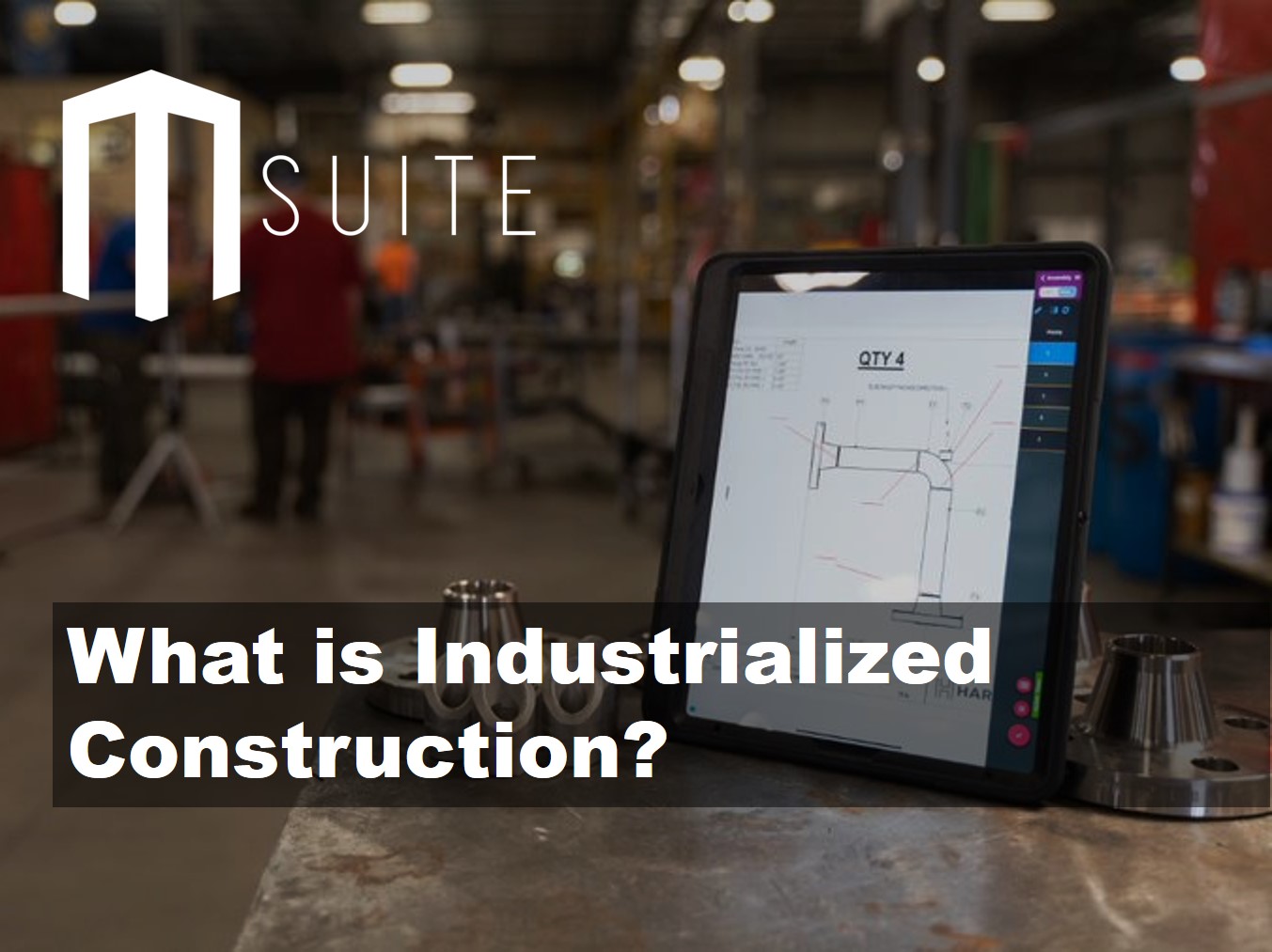It is a bold shift, but the economic and cultural benefits are substantial for the Construction Industry to become industrialized.
In 1908, the Model T car cost $850. Just five years later, its cost dropped almost 40% to $525. How was Henry Ford able to hit production capacity and reduce costs while still making a profit? He introduced the assembly line, and the economies of scale shot through the roof, making Ford Motors the largest car company globally.
Up until Ford introduced this process, cars were handcrafted and produced one at a time by “coachbuilders.” Ford revolutionized the car industry by engineering the people, process, and technology necessary to work together systematically – He industrialized car building to improve quality while reducing costs and time required to produce a car.
In this article, the construction industry is experiencing a similar transformation (maybe more of a revolution). It is becoming more industrialized by embedding manufacturing processes, technologies, and new resources to replace traditional stick-building and prefabrication techniques. It is a bold shift, but the economic and cultural benefits are sweeping and enormous for the Construction Industry to become industrialized.
Many other industries have already industrialized, becoming more efficient and systematic. The construction industry has lagged until the last couple of years. For the most part, it’s been grounded in building bespoke products, where each building is uniquely designed and customized to meet a customer’s needs. Also, processes, technology, construction contracts, and the multitude of risks have anchored the industry from moving forward – However, seismic challenges confronting the industry are forcing change, such as a booming population, rapid urbanization, skyrocketing costs, climate change, and finite natural resources.
Current Industry Challenges
Material Waste & High Costs
Traditional stick building homes and commercial building projects have a substantial amount of time, labor, and material waste, driving up costs. For example, approximately 40% of all material in landfills comes from Construction and Demolition Materials. Owners are paying for this waste. Industrialized Construction creates systematic efficiencies in managing time, labor, and materials to reduce costs and the overall time it takes to complete tasks.
Skilled Labor Shortage
Many experts claim that the Construction Industry is in a precarious cycle of supply and demand. Construction demand is driving up, leaving owners, builders, architects & designers, and subcontractors scrambling to find qualified labor. With Industrialized Construction, more labor is shifted to manufacturing offsite with less need for labor coordination and final assembly on the jobsite. The reduction of labor necessary on site due to the utilization of offsite manufacturing has been frequently reported by contractors.
According to the Associated General Contractors of America and Sage Construction and Real Estate Survey, 72% of AGC Contractors still worry about labor shortage.
Bringing Manufacturing to the Construction Industry
The principles of Industrialized Construction are grounded by bringing the principles of manufacturing and using technology to increase speed, reduce risk, and achieve scalability—across the entire construction value chain. From design-to-manufacturing-to-construction the process of “productization” is key. Using tools like MSUITE to connect BIM, Fab and Field teams can increase labor productivity by 40%.
Techniques such as process automation, digital fabrication, and robotics have been prevalent in the aerospace, automotive, and consumer electronics industries for decades. These principles, also leveraged in Modular Construction, form the basis for Industrialized Construction.
The benefits are substantial and continue to be proven as more projects leverage some or all of the principles. Project schedule certainty produces accelerated schedule deliveries and increased productivity, which means reduced costs. Leveraging manufacturing or fabrication facilities means increased worker safety and eliminating variables like poor weather, unexpected site conditions, and miss-estimated labor allocations.
Approaching Construction from a manufacturing perspective brings improved efficiencies and sustainability to produce higher quality, lower cost products with less overall waste. When materials are built with greater precision in a controlled environment, less waste reduces greenhouse gas emissions. According to think tank Chatham House, if the cement industry were a country, it would be the third-largest emitter of CO2 emissions in the world – behind China and the US.
Industrialized Construction can mean many things–BIM Modeling, 3D printing, and modular construction to fabricating and assembling complex parts in a Fab Shop, then using organized jobsite delivery and installation. However, the common thread that binds these approaches is creating a systematic process, much like Ford’s assembly line.
Data is the Key to Industry Transformation
As with the other industries that have been mentioned, data is a crucial element to driving process improvements and effectiveness. In construction, every stakeholder – Designer, Builder, Owner, Subcontractor, and Supplier, need to see and use a common data set for the project. That is what makes BIM essential to success. Today, we’re able to have a much more controlled grasp of what is going on and into the level of detail required to deliver a building as a manufactured project.
The Future of Building
The Industrial Revolution transformed economies by bringing manufacturing and the factory system 200 years ago. With new technology and ways of organizing and delivering work, it made existing industries more efficient and productive. In 1908, Ford changed the automotive industry forever by introducing the assembly line. Now it is Construction’s turn to be disrupted and shift toward industrialized processes. Many experts believe this will be true within the next 15-20 years, but with prefabrication and modular building, it is happening today.










